-
Membership
Membership
Anyone with an interest in the history of the built environment is welcome to join the Society of Architectural Historians -
Conferences
Conferences
SAH Annual International Conferences bring members together for scholarly exchange and networking -
Publications
Publications
Through print and digital publications, SAH documents the history of the built environment and disseminates scholarship -
Programs
Programs
SAH promotes meaningful engagement with the history of the built environment through its programsMember Programs
-
Jobs & Opportunities
Jobs & Opportunities
SAH provides resources, fellowships, and grants to help further your career and professional life -
Support
Support
We invite you to support the educational mission of SAH by making a gift, becoming a member, or volunteering -
About
About
SAH promotes the study, interpretation, and conservation of the built environment worldwide for the benefit of all
SAHARA Highlights: Public Housing
Jun 14, 2021
by
Jacqueline Spafford and Mark Hinchman, SAHARA Co-Editors
Public Housing is a logical follow-up to our May Highlights look at infrastructure. Collectively, these projects show a variety of architectural responses that seek to solve societal problems. Among the architects there are big names, including James Stirling and Mies van der Rohe, and names that are well known in their own architectural theaters, if less well known in the United States, such as Boris Iofan and Achyut Kanvinde. Two of these late 20th-century projects have already been demolished; this underscores that publicly funded housing can be a thorny problem. Several of the designs show the influence of Le Corbusier’s housing scheme of high-rise towers in a park. Many of the projects included amenities in addition to housing, such as clinics, open-air markets and retail. As a group, the buildings in these photographs represent the intersection of architecture with pressing political topics such as immigration and migrant workers. As the world cautiously emerges from pandemic restrictions, some of you might be travelling, while others are staying close to home. Please consider photographing buildings and landscapes and adding them to SAHARA.
To see more SAHARA content: sahara.artstor.org/#/login
To learn more about contributing, visit: sah.org/sahara
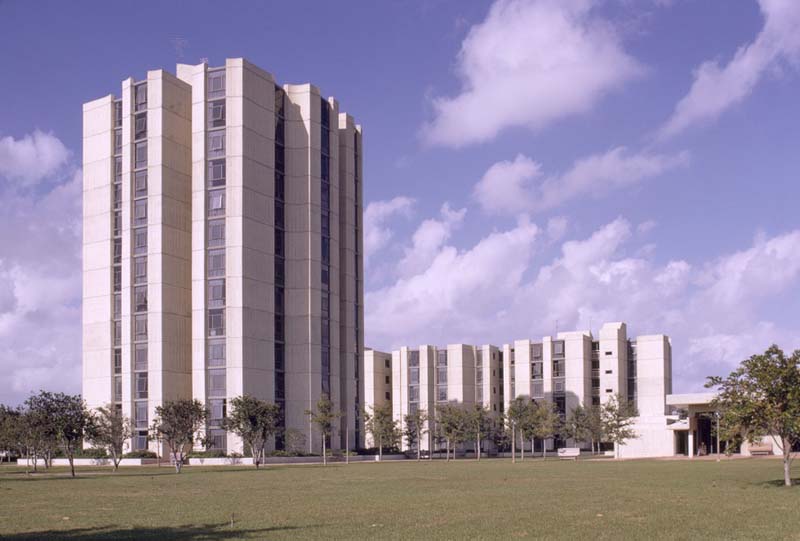
Robert Bradford Brown. Smathers Plaza Housing. Miami, Florida, United States, 1966–1967. Photograph by George Everard Kidder. Smathers Plaza is a classic example of modern towers in the park as espoused by Le Corbusier and others.

Werner Seligmann. Elm Street Housing. Ithaca, New York, United States, 1971–1973. Photograph by George Everard Kidder. Seligmann was appointed dean of the architecture program at Syracuse University in 1976.
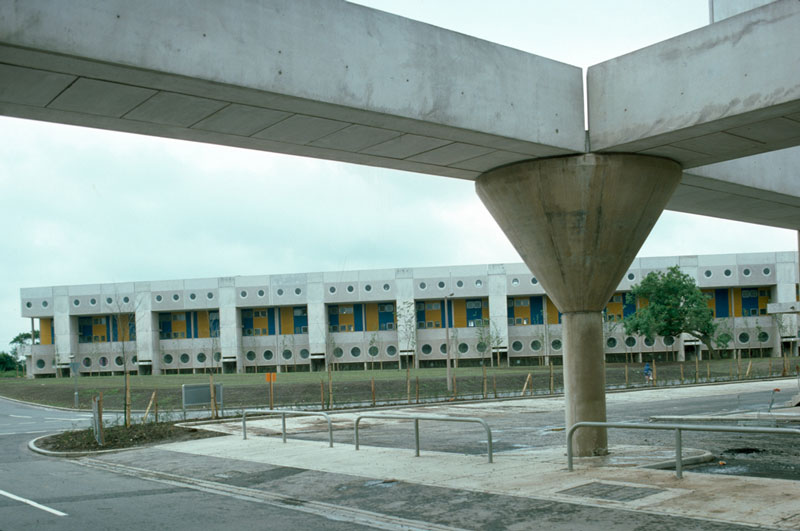
James Stirling. Southgate Housing Development. Runcorn, Halton, United Kingdom, 1967–1976 (demolished 1992). Photograph by Richard Longstreth. Referred to as Britain’s Pruitt-Igoe, a reference to the ill-fated housing project in St. Louis, problems arrived shortly after its much heralded opening.
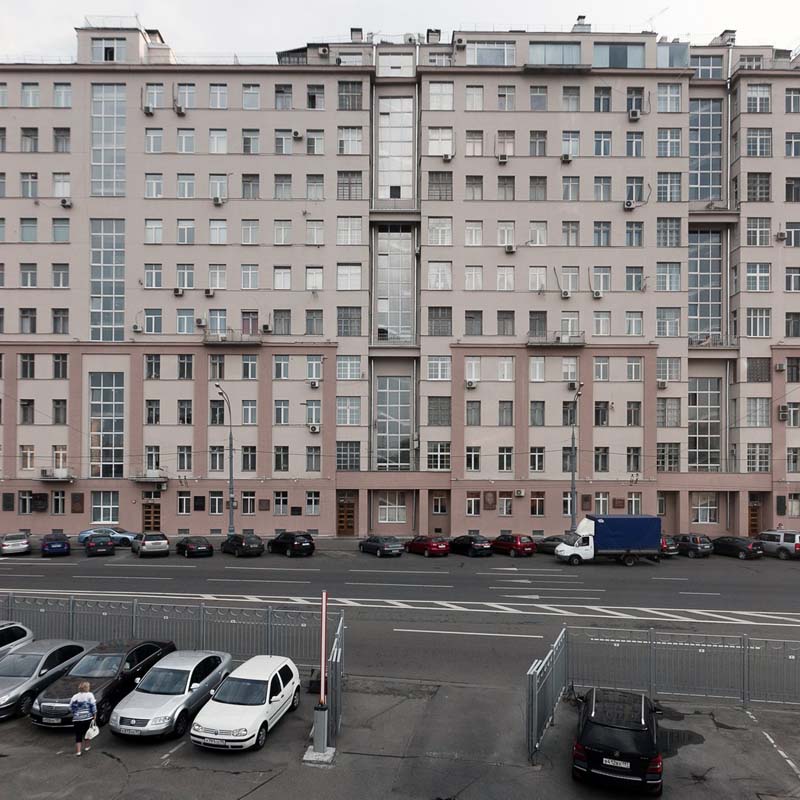
Boris Iofan. House on the Embankment. Moscow, Russia, 1928–1931. Photograph by Evangelos Kotsioris. Iofan started out his career producing neoclassical buildings, and he put his personal stamp on the Stalinist architectural idiom. He was a lifelong resident of his most famous residential commission.
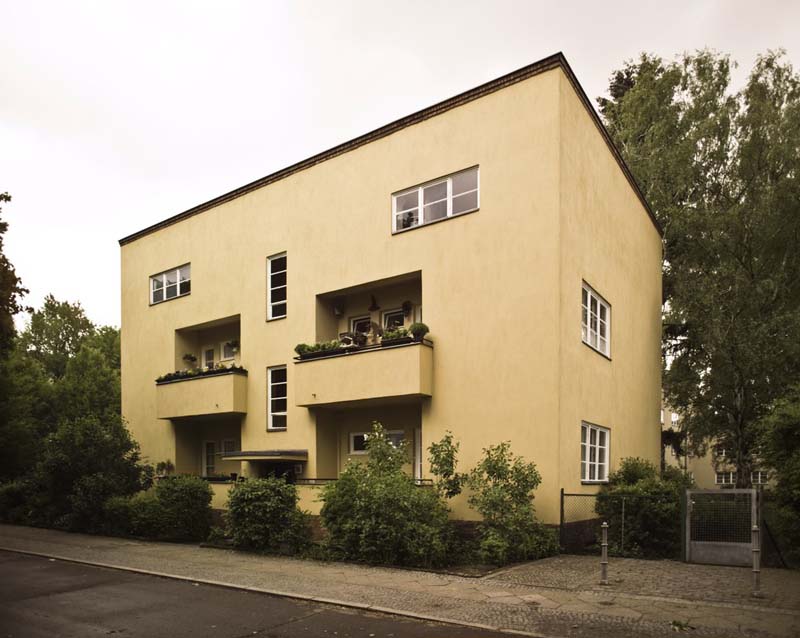
Mies van der Rohe. Afrikanischestrasse Municipal Housing. Berlin-Wedding, Germany, 1925–1927. Photograph by Fraser Muirhead. From Mies’ Berlin period before he emigrated to the USA, it is his only apartment complex.
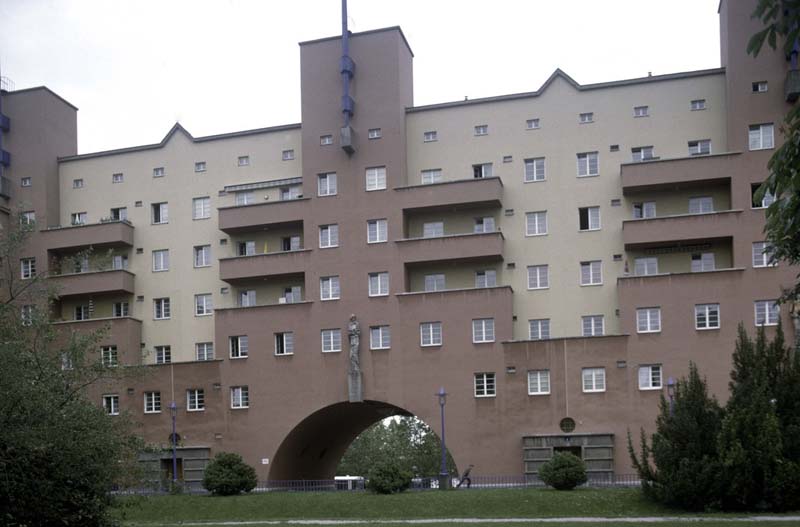
Karl Ehn. Karl-Marx-Hof. Vienna, Austria, 1927–1930. Photograph by Richard Longstreth. Ehn was a protégé of Otto Wagner.
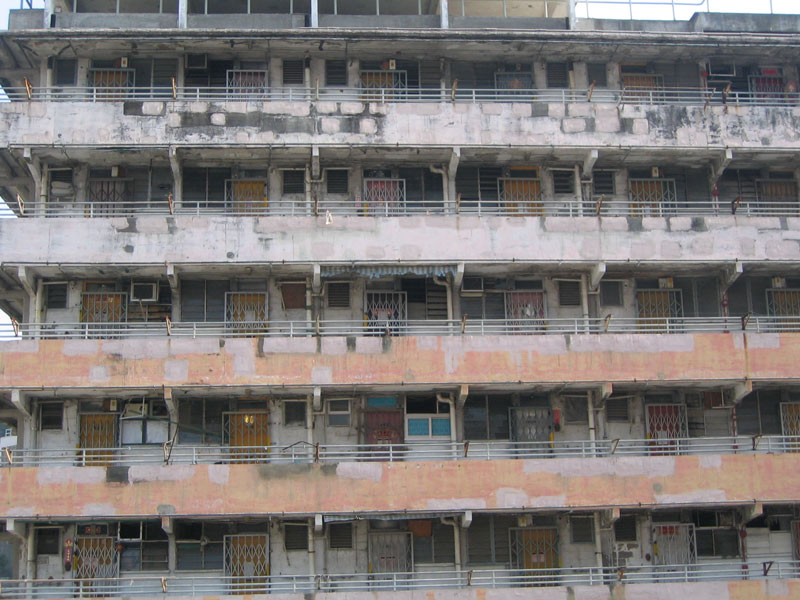
Anonymous. Shekkipmei Public Housing Estate. Kowloon, Hong Kong, 1954 (demolished). Photograph by Cecilia Chu. The huge housing estate was built in phases, with some of the earliest buildings later replaced.
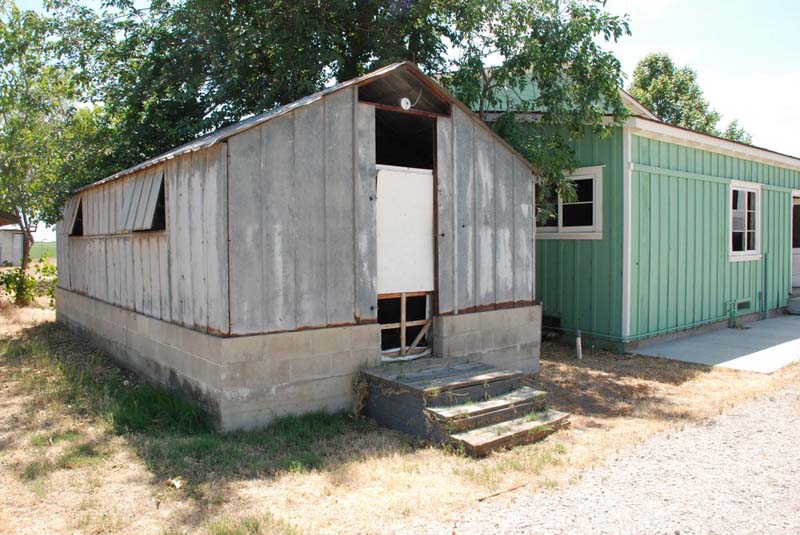
Farm Security Administration. Arvin Migratory Labor Camp. Arvin, California, USA, 1935–1936. Photograph by Josi Ward. John Steinbeck visited the Arvin camp while doing research for The Grapes of Wrath.
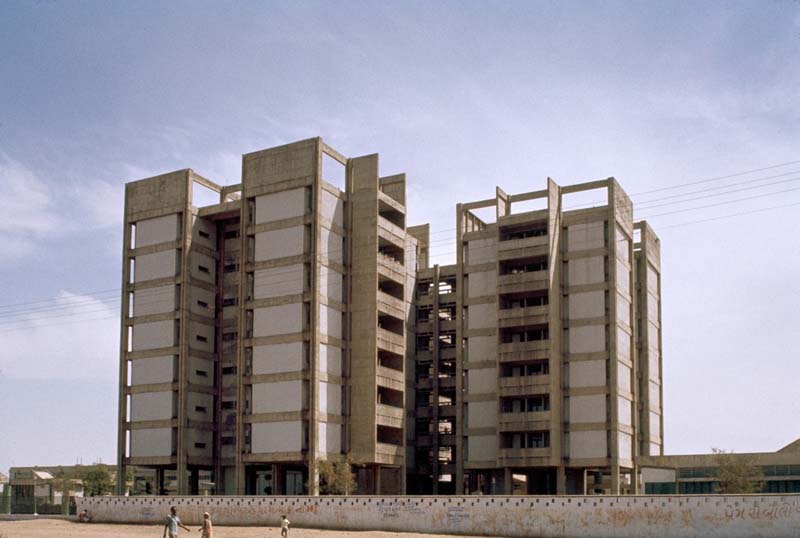
Achyut Kanvinde. Hospital for Gujarat State Housing Board. Ahmedabad, Gujarat, India, 1964–1974. Photograph by Peter Serenyi. Kanvinde studied at Harvard under Walter Gropius and was one of the most important modernists of post-independence India.
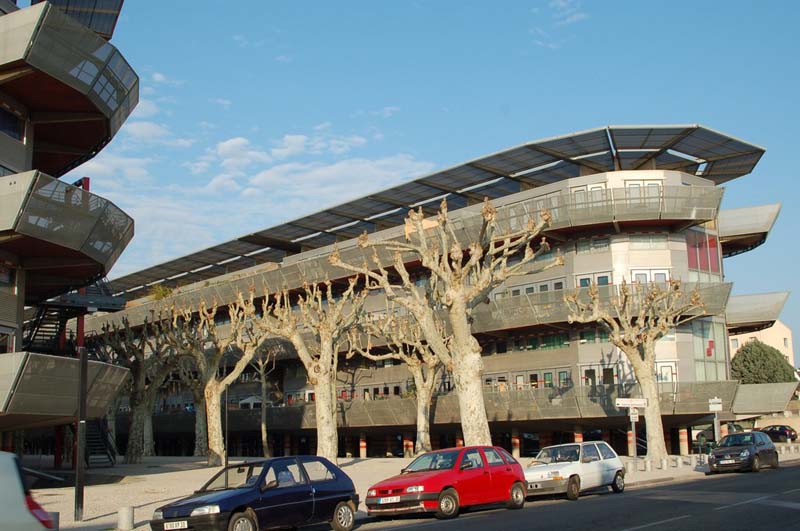
Jean Nouvel. Nemausus I and II. Nîmes, Languedoc-Roussillon, France, 1985–1987. Photograph by Richard Wilson. The project has large terraces, cross-ventilation, and featured the architect’s signature use of industrial materials.


